 Google Adwords recently published some tips to help advertisers maximize their ad spend during these tough economic times.
Google Adwords recently published some tips to help advertisers maximize their ad spend during these tough economic times.
After reading through these 6 tactics, I realized that these are strategies that are applicable in any economic condition. Advertisers spend a lot of money on Google Adwords, and as a consultant that helps people with their campaigns, I know that a lot of the money they spend goes toward wasted clicks.
These 6 tactics are great tips indeed, but please don’t consider these just for “tough times” – it would be wise to learn these strategies, master them, and continually optimize them both now and forever into the future.
Below are the 6 Top Tactics For Tough Times that Google outlined:
1. Focus your ads on low prices and savings.
Consumers care about prices more than ever, especially on day-to-day purchases. When someone searches on a particular product, you know they’re interested; by using your ad to tell them that you’ve got the highest quality and the best price, you’re more likely to earn their click. Update your ad text to focus on low prices, good values, and timely promotions.
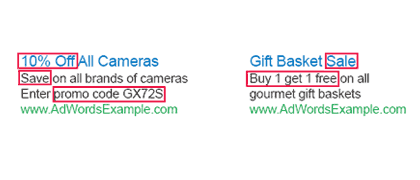
- Learn about writing targeted ad text
- Read a blog post about optimizing your ad text
2. Use value-related keywords.
It’s open season for bargain hunters. To reach these deal-conscious consumers, add appropriate price- and discount-related keywords. Try the AdWords Search-based Keyword Tool and Search Query Performance report to find and higher-performing keywords that people are actually searching on.
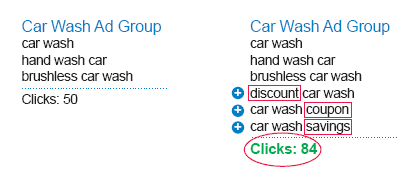
- Learn about selecting keywords
- Check out the Search-based Keyword Tool
- Read a blog post about Search Query Performance reports
- Learn about the Keyword Tool
3. Make sure your ad groups are targeted and relevant.
Ads perform best when their ad text reflects the ad group’s keywords; this makes ads more relevant to their intended audience. Make sure that both the text and the keywords in each ad group focus on a specific topic or product. For instance, an ad group about “tennis sneakers” will generally perform better than a broader ad group about “sneakers.”
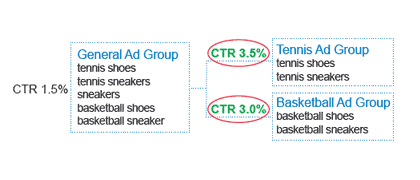
- Learn about organizing your ad groups for greatest impact
- Learn about building an effective keyword list
4. Don’t waste money on irrelevant clicks.
The wrong keywords can attract people who are looking for products you don’t offer. Use negative keywords to filter out traffic that’s not related to your offering. The Search Query Performance report can help you identify potential negative keywords by showing which queries have triggered your ads.
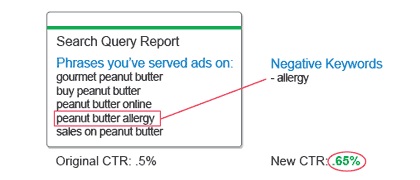
- Learn how to choose the right negative keywords
- Learn how to add and edit negative keywords
- Watch a video about negative keywords
5. Make it easy for customers to buy.
Since people are spending more time comparing products and services online, make it easier for them to find what they’re looking for and buy from your site. Use the best Destination URL to send visitors directly to the page about the product or service promoted in your ad.
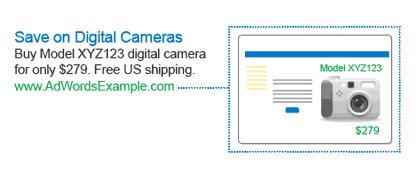
- Learn about Destination URLs
- Read a blog post about Display vs. Destination URLs
- Learn about creating high-quality landing pages
6. Focus your money on your high-performers.
To get the most out of your campaigns, focus your time and resources on the keywords, ads, and ad groups that are driving the most value for your spend. To determine what’s performing best for you, consider Google’s free Conversion Tracking tool.
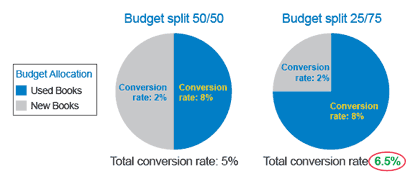
- Learn about conversion tracking
- Watch a video about conversion tracking